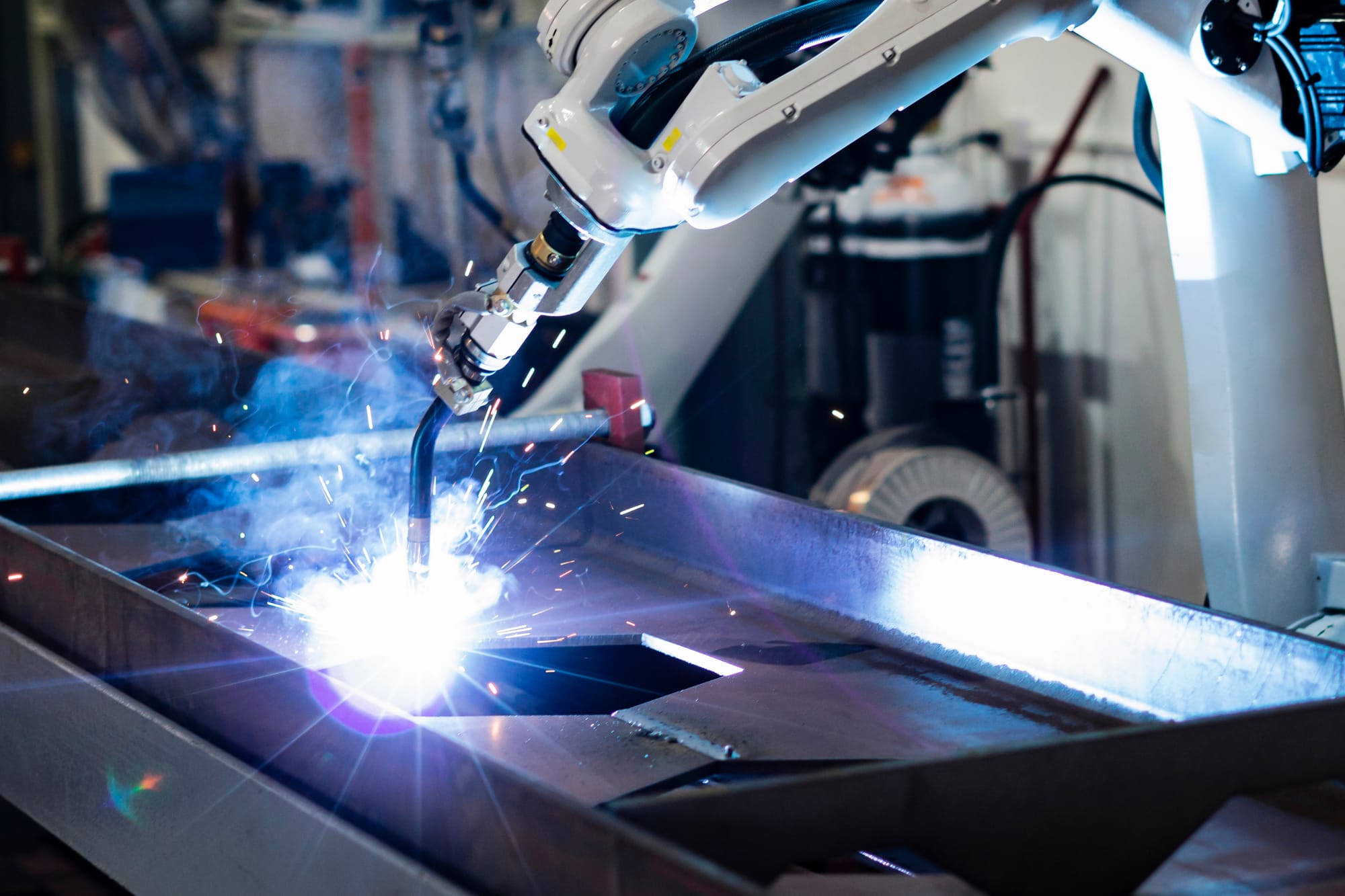
Welding Robots: The Future of Precision and Efficiency
In the bustling world of manufacturing, the whir of machinery and the flash of welders are familiar sights.
But a new player has entered the scene, promising to revolutionize the way we think about welding: the robotic arm.
These marvels of modern engineering bring precision, efficiency, and consistency to a whole new level, transforming industries and redefining what’s possible in manufacturing.
What is a Welding Robot?
Imagine a highly skilled welder who never tires, never wavers, and can work with unparalleled precision.
That’s essentially what a welding robot is.
These robotic arms are designed to handle the complexities of welding with a level of accuracy and repeatability that human welders simply can’t match. Controlled by advanced software and equipped with state-of-the-art sensors, they ensure each weld is perfect, every time.
Why Welding Robots are Game-Changers
Unmatched Precision:
Welding is an art that requires a steady hand and a sharp eye.
Robotic arms excel here, performing welds with pinpoint accuracy.
This precision is crucial in industries like aerospace and automotive, where even the smallest mistake can lead to significant issues.
Enhanced Efficiency:
Robots don’t need breaks.
They can work around the clock, increasing productivity and reducing lead times.
This continuous operation means manufacturers can meet tight deadlines without compromising on quality.
Consistency is Key:
Humans, no matter how skilled, can have off days. Robots don’t. They deliver the same high-quality welds day in and day out, ensuring uniformity across all products. This consistency is vital for maintaining high standards in production.
Safety First:
Welding is a hazardous job, exposing workers to intense heat, bright light, and dangerous fumes. Robotic arms take on these risks, creating a safer working environment for human employees. This shift not only protects workers but also reduces liability for companies.
The Anatomy of a Welding Robot
Robotic Arm:
The arm is the heart of the system, mimicking the movements of a human welder but with much greater precision. It can rotate, bend, and extend to reach even the most awkward angles.
Welding Torch:
Attached to the end of the arm, the welding torch is the tool that does the actual welding. It can be equipped with various technologies, such as MIG, TIG, or laser welding, depending on the application.
Control System:
This is the brain of the operation. Advanced software programs the robot’s movements and welding parameters, ensuring each task is executed perfectly. Operators can easily adjust settings to accommodate different materials and project requirements.
Sensors and Cameras:
To achieve high levels of precision, welding robots are often equipped with sensors and cameras. These devices provide real-time feedback, allowing the robot to make minute adjustments and maintain accuracy.
Applications Across Industries
Automotive:
In car manufacturing, welding robots are essential for assembling vehicle frames and components. Their precision ensures that each part fits perfectly, enhancing the overall quality and safety of the vehicles.
Aerospace:
Aerospace components must meet incredibly high standards. Welding robots produce the flawless, high-strength welds needed to withstand the extreme conditions encountered by aircraft and spacecraft.
Construction:
Welding robots are used to fabricate steel structures, from skyscrapers to bridges. Their ability to handle large volumes of work quickly and accurately makes them invaluable in this sector.
Consumer Goods:
Even everyday items like home appliances and furniture benefit from robotic welding. These machines ensure strong, durable welds that enhance the longevity and safety of consumer products.
The Future of Welding Robots
As technology continues to advance, so too will the capabilities of welding robots. We can expect to see even more sophisticated systems that offer greater flexibility, intelligence, and ease of use. These advancements will open up new possibilities for industries, allowing for more complex and innovative designs.
The integration of artificial intelligence and machine learning will further enhance the performance of welding robots, enabling them to learn from each weld and continuously improve their accuracy and efficiency. This future isn't just about replacing human welders but augmenting their capabilities, allowing for collaboration between man and machine to achieve even greater heights in manufacturing.
In conclusion, welding robots are not just a trend—they're the future of manufacturing. Their precision, efficiency, and ability to enhance safety make them indispensable tools in today's industrial landscape. As they continue to evolve, welding robots will undoubtedly drive innovation, productivity, and quality in ways we are only beginning to imagine.


